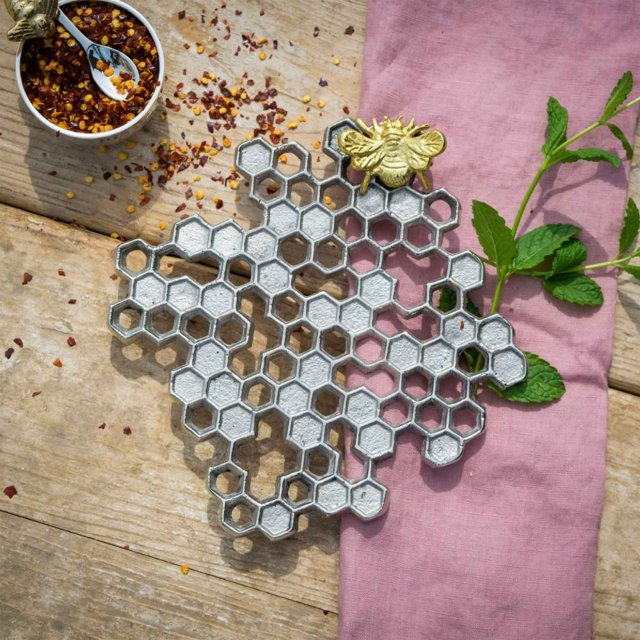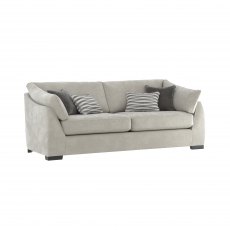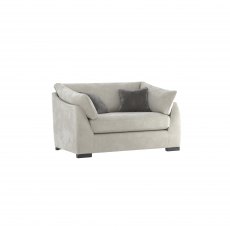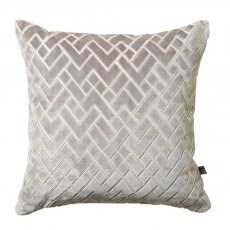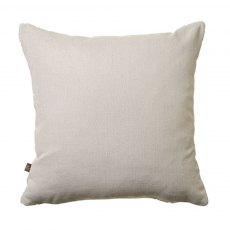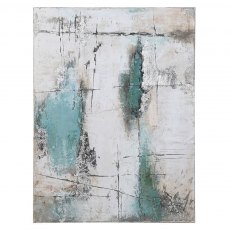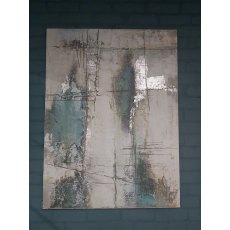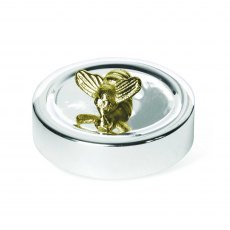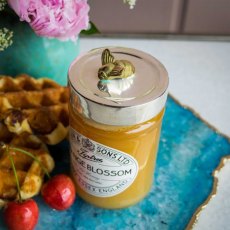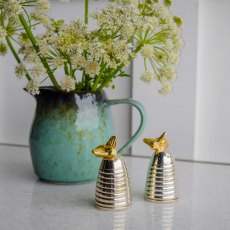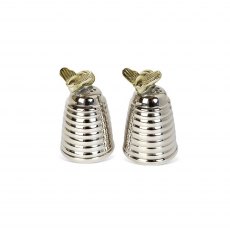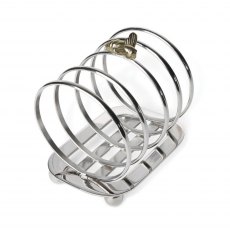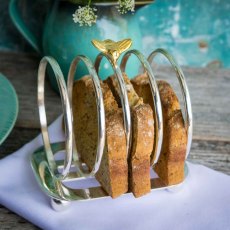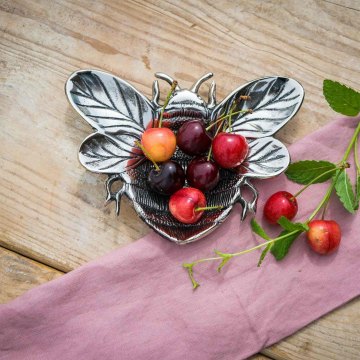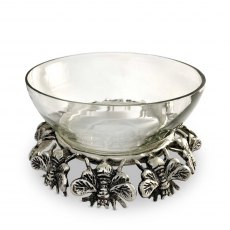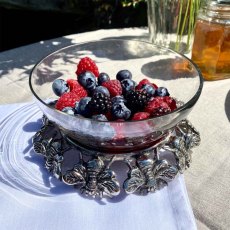Bee Honeycomb Trivet
This charming honeycomb-inspired trivet protects your work surfaces from hot trays and pans. Its silver hexagon surface is ideal for resting your cookware and is finished with a dainty gold bee.
 Available (approximately 2 weeks for delivery)
Available (approximately 2 weeks for delivery)
Product Details
Bee Honeycomb Trivet in Stainless Steel.
Not Dishwasher Safe - See care guide below.
Product Information
Dimensions
- Length: 17.5cm
- Height: 3cm
- Depth: 15cm
Caring for Your Trivet
What is Stainless Steel?
"Stainless" was a term given to stainless steel when it was invented in the 1920's to differentiate between ordinary steel. Stain resistant steel might be a better name, as it is the additives in the steel, which gives it its protection, and therefore, makes it an ideal material for the purpose of manufacturing cutlery. It was adopted as a generic name and now covers a wide range of steel types and grades, used to make products that need to be resistant to corrosion or oxidation. Our stainless steel cutlery and other tableware pieces are made from 18/8 Stainless Steel
Why is Stainless Steel 'Stainless'?
Stainless steels are iron alloys with a percentage of chromium content. The steels are termed 'stainless' as chromium-rich, oxide film forms naturally on the surface of the steel. It is this protective film, which makes the stainless steel resistant to corrosion. Stainless steels cannot be considered indestructible, however, as under certain conditions the protective film can be broken down. This is why it is important to carefully select the appropriate grade of steel for a particular purpose.
18/8 is an "authentic" stainless steel type, and is one of the most commonly used. It contains 18% chromium, and the addition of 8% nickel makes it considerably more durable.
Caring for your Stainless Steel item
Hand washing
Ensure the detergent is completely dissolved in the water before washing the cutlery. Rinse immediately in clear water and dry with a soft cloth or tea towel. Store immediately. Do not soak your cutlery or leave unwashed overnight.
- Right : Do not use a powder cleaner instead choose a cream or liquid detergent such as fairy liquid.
- Right : Only choose a stainless steel cleaner for stubborn stains.
- Right : Rinse cutlery after contact with acids or salt to prevent corrosion.
- Right : Pay particular care to knife blades as these can be prone to increased corrosion due to a higher carbon content, used to achieve a sharper cutting edge.
- Right : Hand made cutlery styles with more intricate handles need to be cared for by thorough drying. Soap deposits left from drip-drying around the handle area can cause rust deposits to form.
- Wrong : Do not wash this item in a dishwasher.
- Wrong : Do not use wire wool or abrasive cleaners, this can cause scratching and will eventually remove the cutlery's shine.
- Wrong : Do not continuously soak or leave in damp surroundings as this may cause staining and corrosion.
It is important to remember that although stainless steel is a highly durable and stain resistant material, cutlery may suffer from rusting, pitting and staining if it is not cared for properly. Common salt, vinegar, and acids present in some foods, bleaches & some harsh detergents can all seriously damage the cutlery if left without rinsing after use. Even mineral salts in tap water can cause pitting and staining.
Delivery
Please see our delivery information page for more detail
Cancellations & Returns
Please see our cancellations & returns page for more detail
Collect
This item is available for collection.
Home Delivery
UK mainland delivery from FREE
Ask a question
We're were to help
Write a review
Share your experience


